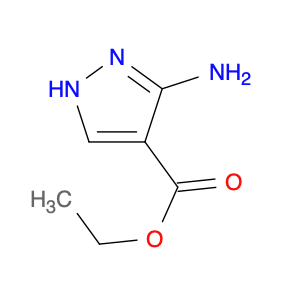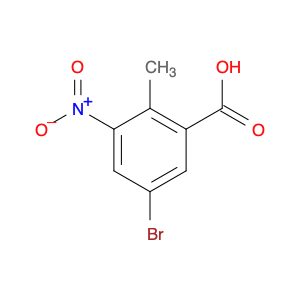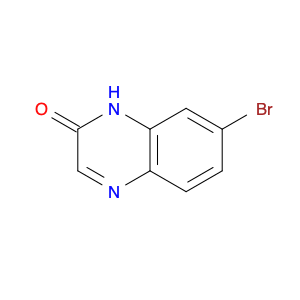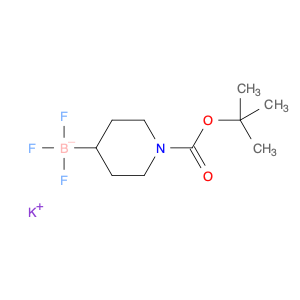The 3,5-dibromo-4-fluorophenol compound serves as a versatile building block in chemical synthesis, offering a wide range of applications in various industries. Its unique molecular structure enables it to participate in numerous organic reactions, making it a valuable intermediate in the synthesis of pharmaceuticals, agrochemicals, and specialty chemicals.One key application of 3,5-dibromo-4-fluorophenol is in the synthesis of biologically active compounds. Its functional groups provide sites for further functionalization, allowing chemists to incorporate specific functionalities required for target molecules with therapeutic properties. This compound can be used as a precursor in the development of new drug candidates or in the modification of existing pharmaceuticals to enhance their efficacy.In addition, 3,5-dibromo-4-fluorophenol is utilized in material science for the production of polymers, dyes, and other advanced materials. Its reactivity and compatibility with various polymerization processes make it an attractive compound for designing polymers with tailored properties such as thermal stability, solubility, and mechanical strength. Furthermore, its fluorine substituent imparts unique characteristics to the resulting materials, making them suitable for specific applications in electronics, optics, or coatings.Moreover, this compound finds application in the field of agrochemicals, where it can be used to synthesize pesticides, herbicides, and fungicides. By introducing specific functional groups to the phenol ring, chemists can create molecules that effectively target pests, weeds, or plant diseases while minimizing environmental impact. The bromine atoms on the phenol ring can also enhance the biological activity of the resulting agrochemical compounds, providing a sustainable solution for crop protection and agricultural practices.Overall, the versatility of 3,5-dibromo-4-fluorophenol in chemical synthesis makes it a valuable tool for researchers and chemists seeking to develop novel compounds with diverse applications in pharmaceuticals, materials science, and agrochemicals. Its reactivity, functional groups, and compatibility with various reaction pathways render it a key component in the synthesis of complex molecules for different industrial sectors.
 sales@aaronchem.com
sales@aaronchem.com










